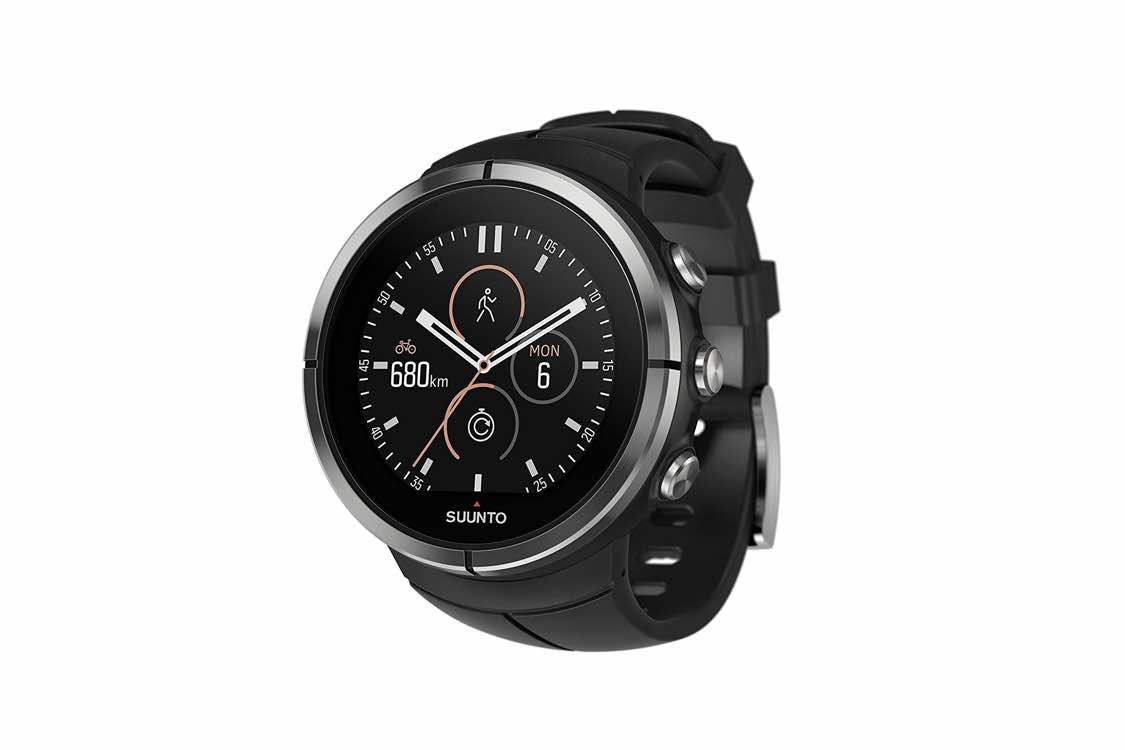Tom's Guide Verdict
The Suunto Spartan Ultra is a durable watch for serious athletes, but a poor app and a lack of key activity-tracking features mean it's not worth the price.
Pros
- +
Long battery life
- +
Watch is easy to use
- +
Comfortable for its size
Cons
- -
Expensive
- -
No heart rate monitor
- -
Poorly designed app
Why you can trust Tom's Guide
The Suunto Spartan Ultra ($849) is the latest entry into the market of high-end watches for serious athletes. The Spartan Ultra comes with a powerful battery and a big display, and it manages to be both comfortable and durable, even when you're swimming or diving. However, the watch is missing a number of features that you'll find on less expensive rivals, including the Polar M600 and Garmin fenix 3.
Design
The Spartan Ultra is a big watch — 1.97 inches in diameter, 0.67 inches thick and 2.58 ounces in weight. It's heavier than the Polar M600 (2.3 ounces) but lighter than the Garmin fenix 3 (3 ounces). However, the Spartan's 320 x 300-pixel display is larger than those on both rival watches.
Despite its size, the watch is comfortable. The silicone strap didn't irritate my wrist, so I was able to pull the strap tight enough that the watch didn't slide around while I was running. In addition, the Spartan Ultra's circular design and flat face mean the watch won't snag on shirt or jacket sleeves, though it will definitely stick out.
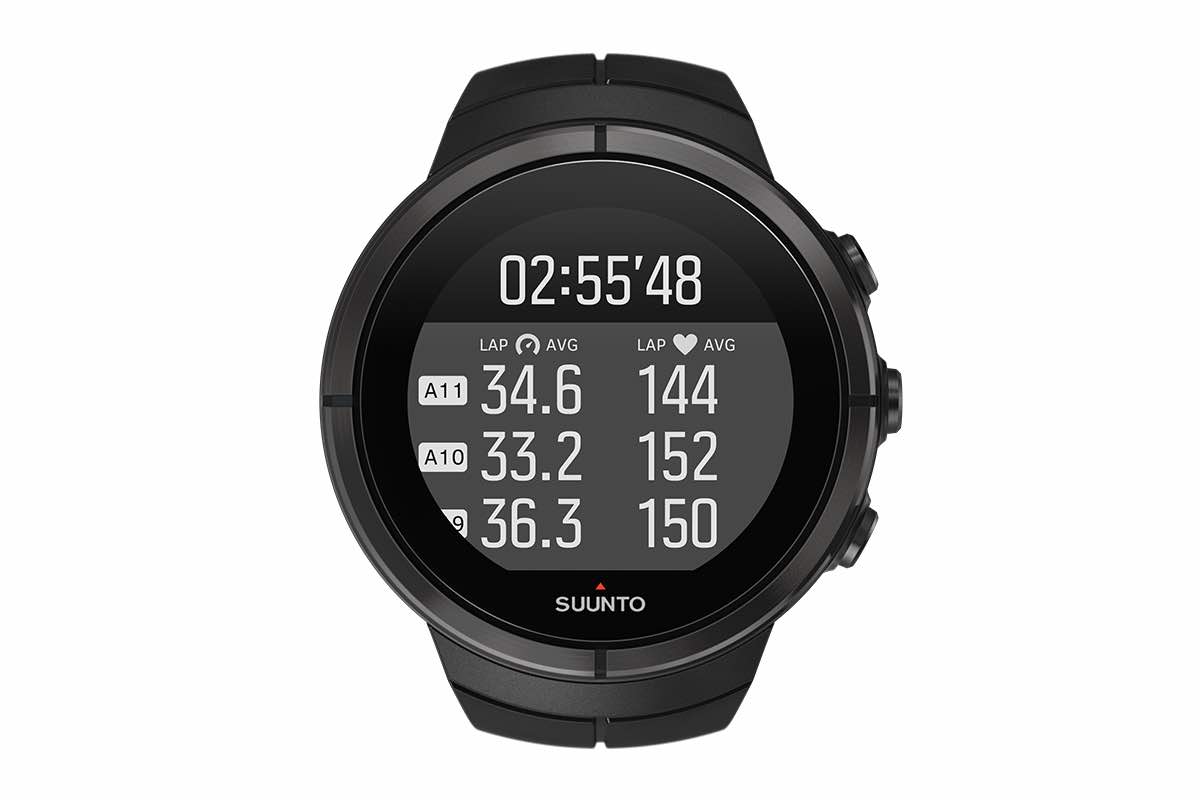
The Spartan Ultra has a touch screen as well as three buttons on the right side. You can't do anything without tapping the middle button first. That includes starting an activity, going into the Settings menu, viewing a notification and even seeing your step count. Once you tap the button, you can use either the top and bottom button or the touch screen itself to scroll through menus. Scrolling all the way to the top of a menu will bring you to the Back option.
MORE: Fitness Tracker Buying Guide
This initial step of hitting the button can be annoying for everyday use, but it ensures that nothing will happen if you accidentally tap or swipe the screen. It also makes the Spartan Ultra easy to use, as there's a single starting point for any menu you're trying to find.
The Spartan Ultra is water-resistant to 100 meters, the same as for the Garmin fenix 3, and can operate in temperatures ranging from -5 degrees Fahrenheit to 140 degrees F.
Use
The Spartan Ultra supports more than 80 sports, from the traditional running, biking and swimming to skiing, circuit training, diving and martial arts. I wore the Spartan Ultra at the tail end of half-marathon training, so I used it solely for running.
The Spartan Ultra has three separate GPS settings. The default Best connects once every second with full power, while Good connects at a 1-second rate with low power, and OK connects at a 60-second fixed rate with full power. OK is meant for hikers, ultrarunners and other athletes who need to conserve battery life but aren't concerned about split-second GPS measurements.
Not surprisingly, the watch picks up a GPS signal almost immediately in Best mode. However, that mode is less accurate than its name would imply.
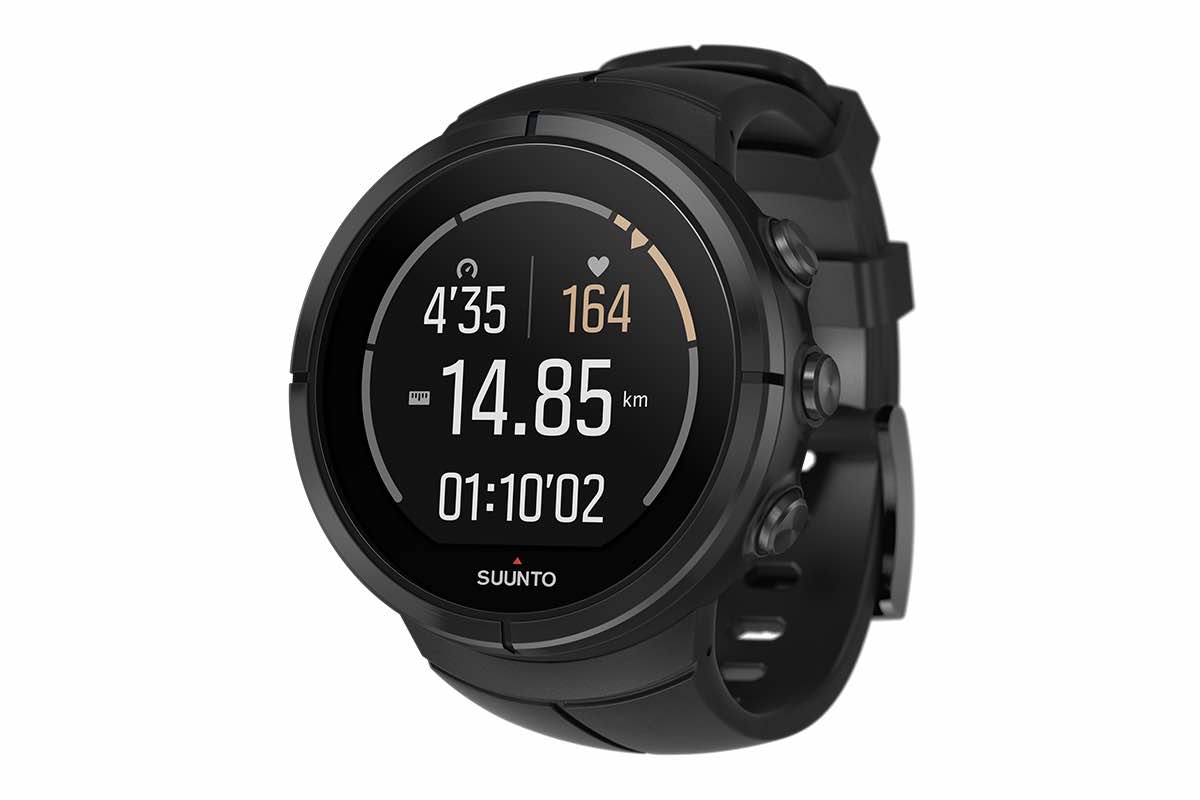
The Spartan Ultra recorded my first run at 5.3 miles, compared to 5.16 miles on the Milermeter app; most of the discrepancy was in the first mile. A few days later, on the same route, the Spartan Ultra recorded the run at 5.19 miles, but the map was off by a full block at the end of my run. By the third trip on the same route, the mileage was 5.13 and the map was correct. On all three runs, though, my Fitbit Surge ($249) was just as accurate, and it didn't think I hopped the fence behind my apartment complex to get back home.
During an activity, pressing the top button will pause the watch, while pressing the bottom button will start a new lap. Meanwhile, the middle button toggles among various displays, including a map and compass. I didn't use this feature on my short runs around town, but I can see it being useful on long bike rides or hikes in unfamiliar territory.
MORE: Smartwatch Buying Guide: Everything You Need to Know
The Spartan Ultra beeps, buzzes and lights up at each mile. The display is easy enough to read in bright conditions, but lighting up for a few seconds makes it easy to see your split.
When you complete a run, the watch displays basic data (such as distance, time, pace per mile and elevation gain) as well as peak training effect, excess post-exercise oxygen consumption and workout recovery time. There's no context for these numbers, though, and there's no way to graph them over time, so I didn't get much value from them.
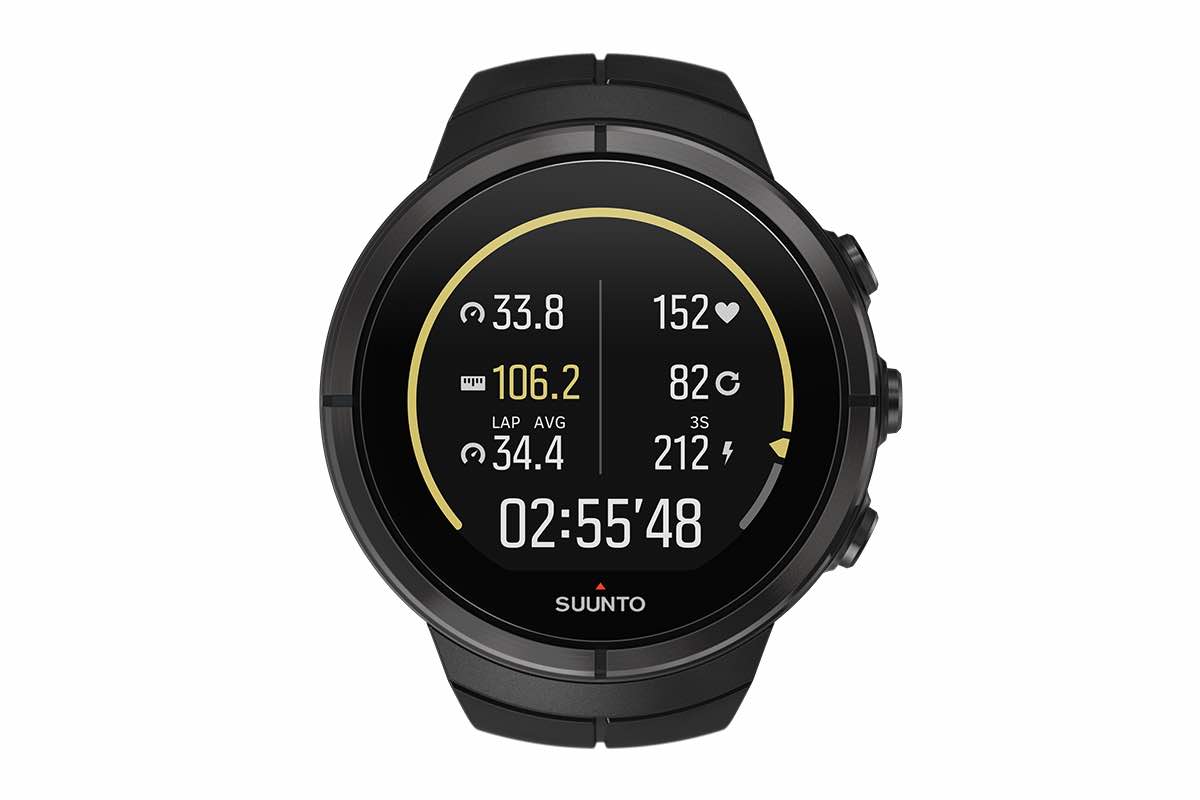
The Spartan Ultra does not come with an embedded heart-rate monitor. This is disappointing for a watch of this price; the Garmin fenix 3 HR ($599) comes with an embedded HRM that will track your heart rate even while you're swimming.
Suunto sells a Spartan Ultra with chest-strap HRM for $849, or you can use a third-party strap. These devices, as well as bicycle foot pods, sync with the Spartan Ultra via Bluetooth. If the device is synced, you'll see HR data right on the watch display; if not, that section of the display shows a dashed line. After setting up the watch to sync with my Polar 7, I barely had time to clip the strap to my chest before the sync was complete. This was a pleasant surprise, as I had expected to wait quite a bit longer.
App
I had a feeling that the Suunto app, Movescount, might underwhelm before I even downloaded it. The app has a 2.5-star rating in the Google Play Store and a 2-star rating in iTunes. Many users reported problems in syncing various Suunto devices with the app; other issues include activities (known as Moves) showing up in the app but not in the browser version of Movescount.
My intuition about the app's quality was correct. For starters, my first two attempts to pair the watch with the app failed. This was puzzling, especially since the Spartan Ultra obtains a GPS signal and syncs with third-party devices in a matter of seconds.
My intuition about the app's quality was correct.
I was finally able to pair on Nov. 11, one day after an app update. This gave me hope. However, it took nearly 30 minutes for Movescount to display the activity data coming from the watch and about 40 minutes for the Movescount screen to switch from Synchronizing to Connected.
Within Movescount, you can either record a Move or enter it after the fact. Both actions seem redundant for someone using the Spartan Ultra to record exercise in the first place. Plus, your options are Manual Move or Not Specified Sport, which is less specific than what the watch offers.
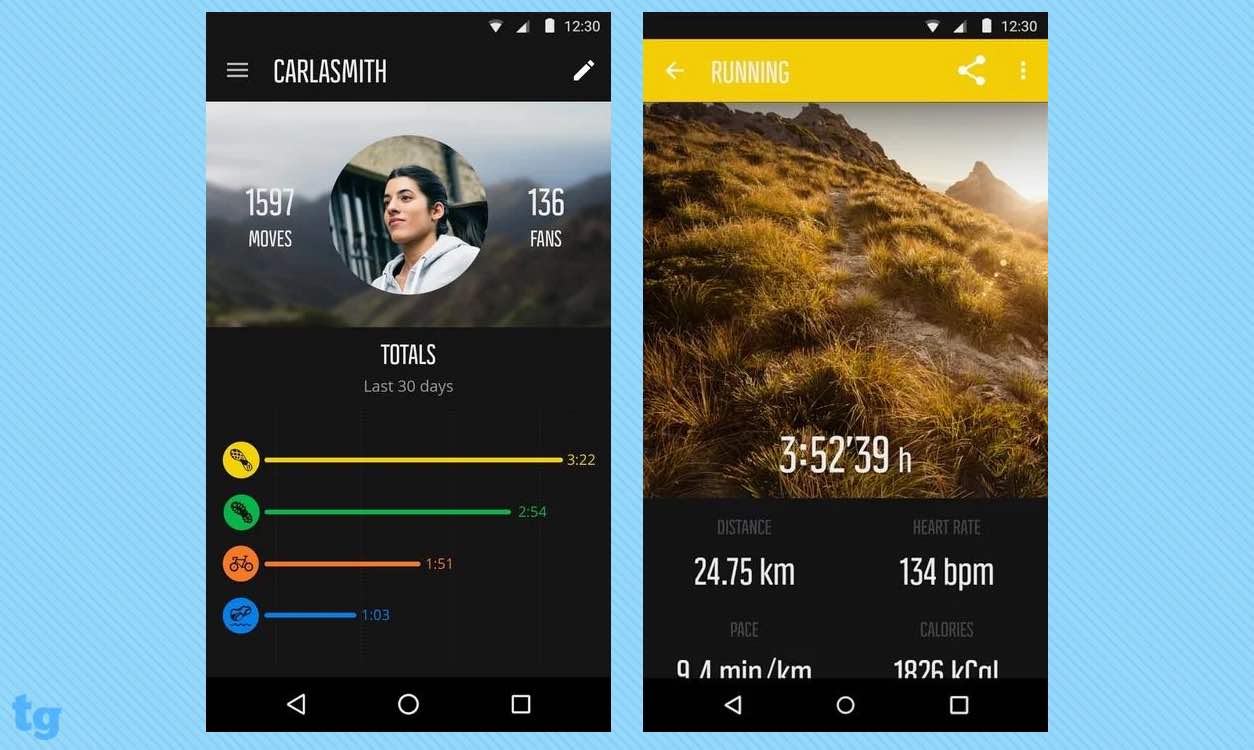
You can also use Movescount to enable the Spartan Ultra to receive the same notifications that you get on your smartphone. This covers a breadth of notifications — social media and email, as well as texts and phone calls — but you only see messages and cannot respond to them. While this is similar to what you get through Garmin's IQ-enabled watches, compared to the Polar M600, which leverages Android Wear to let users respond to messages using Google Now, the Spartan Ultra falls short.
Overall, Movescount is helpful for tracking your workouts, but that's about it. Luckily, Strava supports Suunto devices, so you can sync your Spartan Ultra to a Strava account if you want a better user experience.
MORE: Best Fitness Trackers for Running, Swimming and Training
Battery
Out of the box, the Spartan Ultra's battery charged in about 2 and a half hours. This may seem like a long time, but you won't have to do it often. Suunto says the battery lasts 15 days in time-only mode, 18 hours in full-power GPS and 26 hours in power-save GPS. The charger is magnetic and snaps into the back of the watch pretty easily.
In my experience, this spec was pretty accurate. After I spent four full days wearing the Sparta Ultra, which included runs that totaled more than 3 hours, the battery was still at 50 percent. It took about 10 days and about 6 hours of running for me to see the low-battery icon, which appears at 25 percent. Connecting the watch to a chest-strap HRM during a run didn't affect the battery very much.
Bottom Line
The Suunto Spartan Ultra is a durable yet comfortable watch for serious athletes, but the lack of an embedded heart-rate monitor and the poorly designed app mean this watch is not worth the $849 price. The Suunto website says a lot of new features are coming, but most of those focus on providing more training insight and not improving the user experience.
If you're looking for a watch that you can take running, swimming, skiing or golfing, go with the Garmin fenix 3. It includes an HRM and leverages the robust Garmin Connect app, all for at least $200 less than the Spartan Ultra.
Brian Eastwood is a freelance writer for Tom’s Guide, focusing primarily on running watches and other wearable tech. Brian has been a professional writer and editor since 2003. He has covered healthcare tech, enterprise tech, higher education, and corporate leadership for a range of trade publications. Brian is a lifelong Massachusetts native and currently lives outside of Boston. Outside of work, he enjoys running, hiking, cross-country skiing, and curling up with a good history book.
